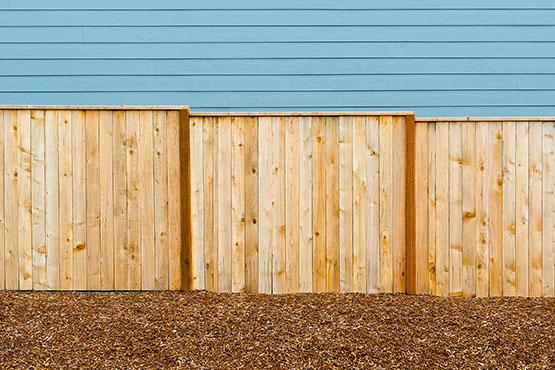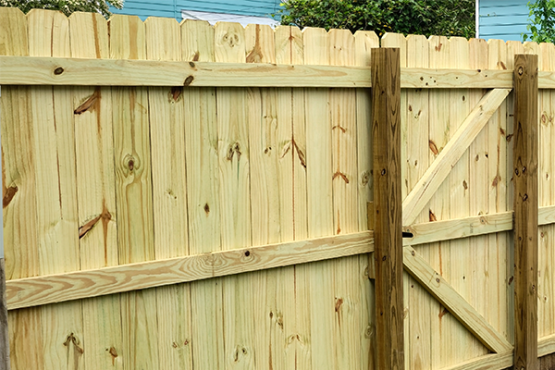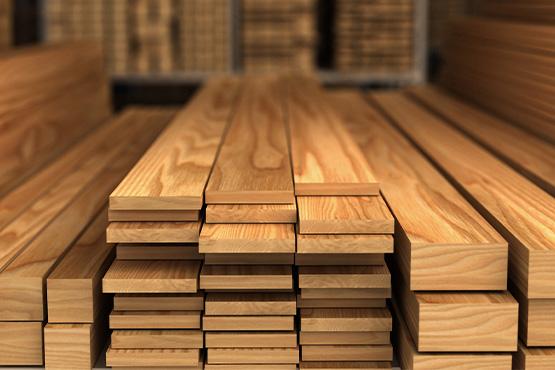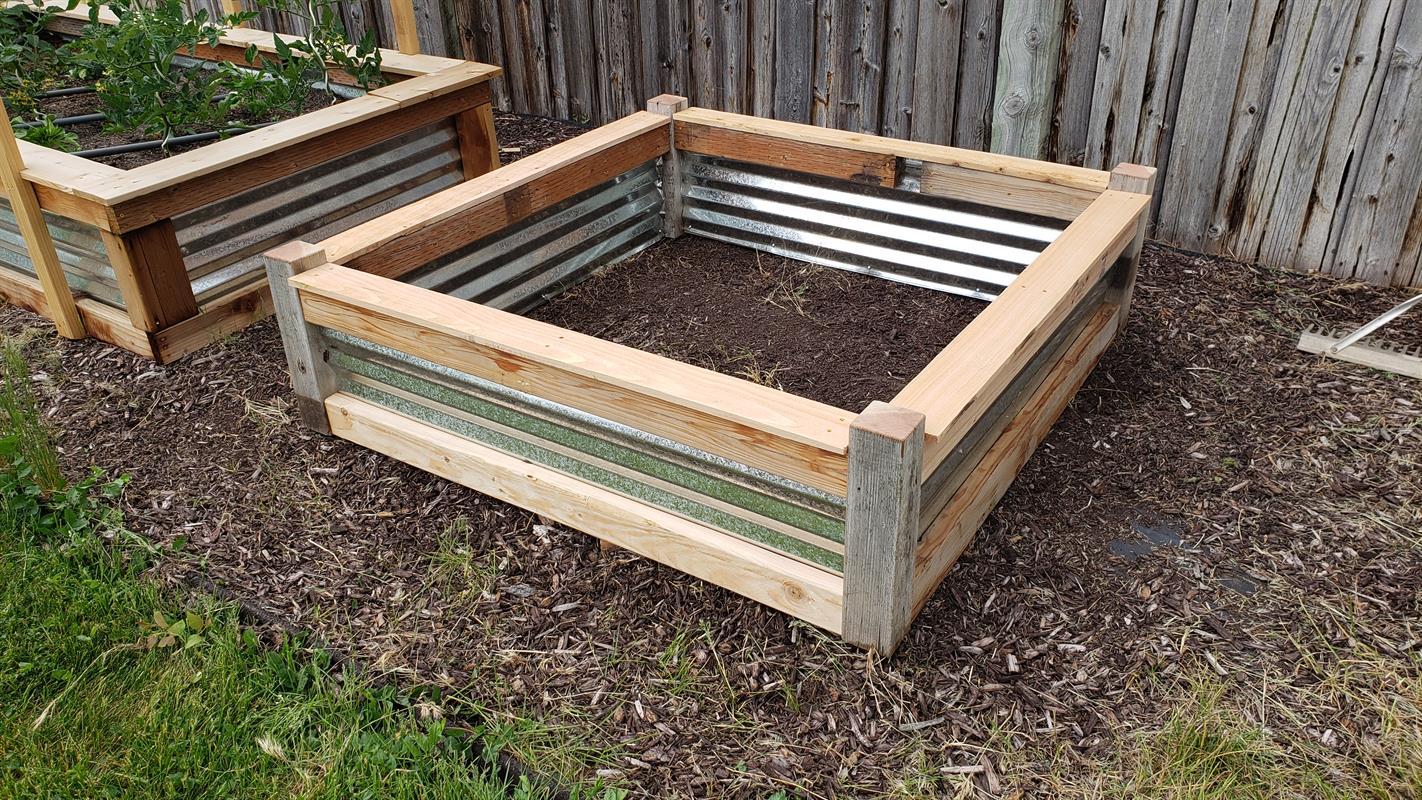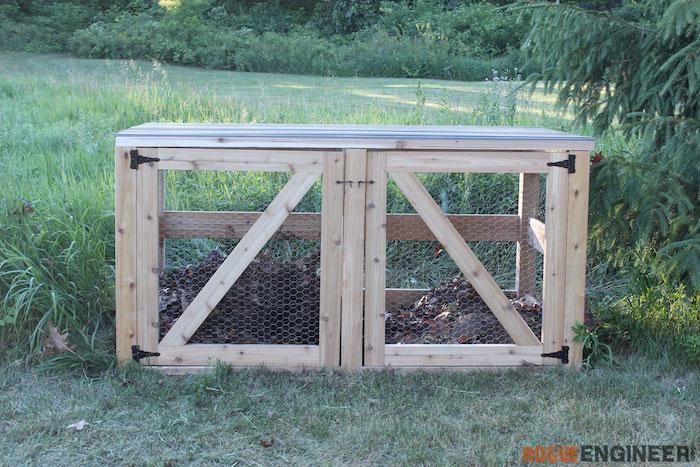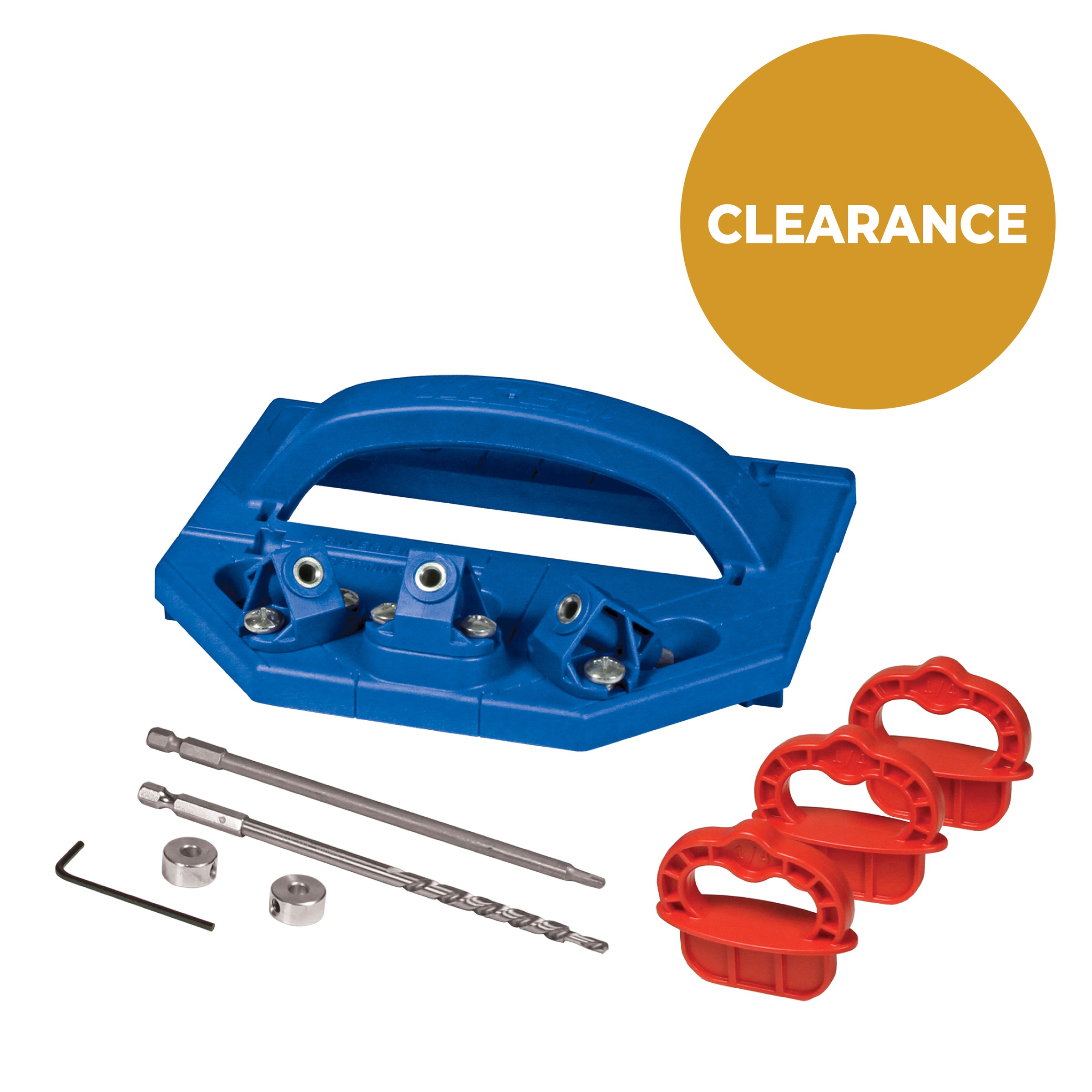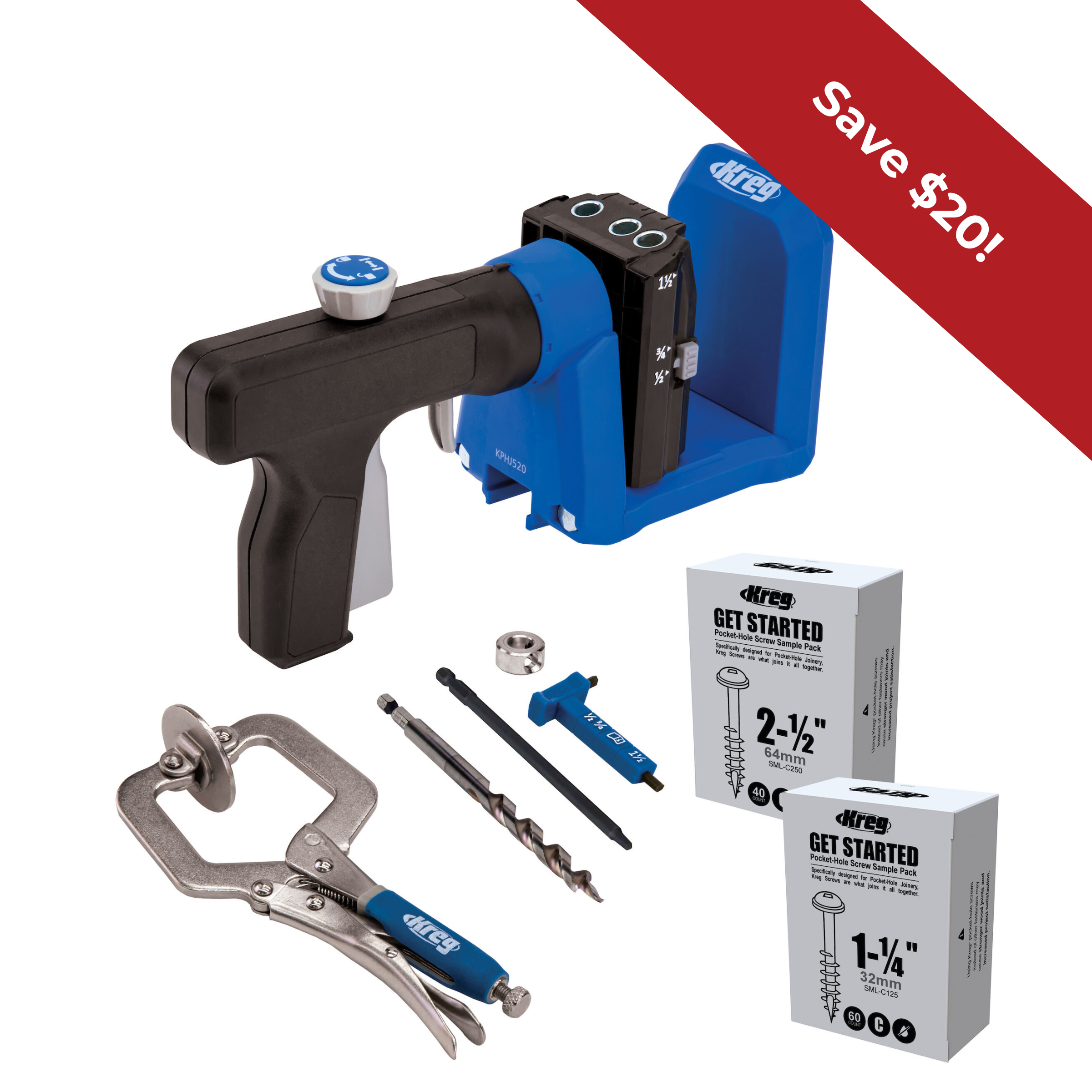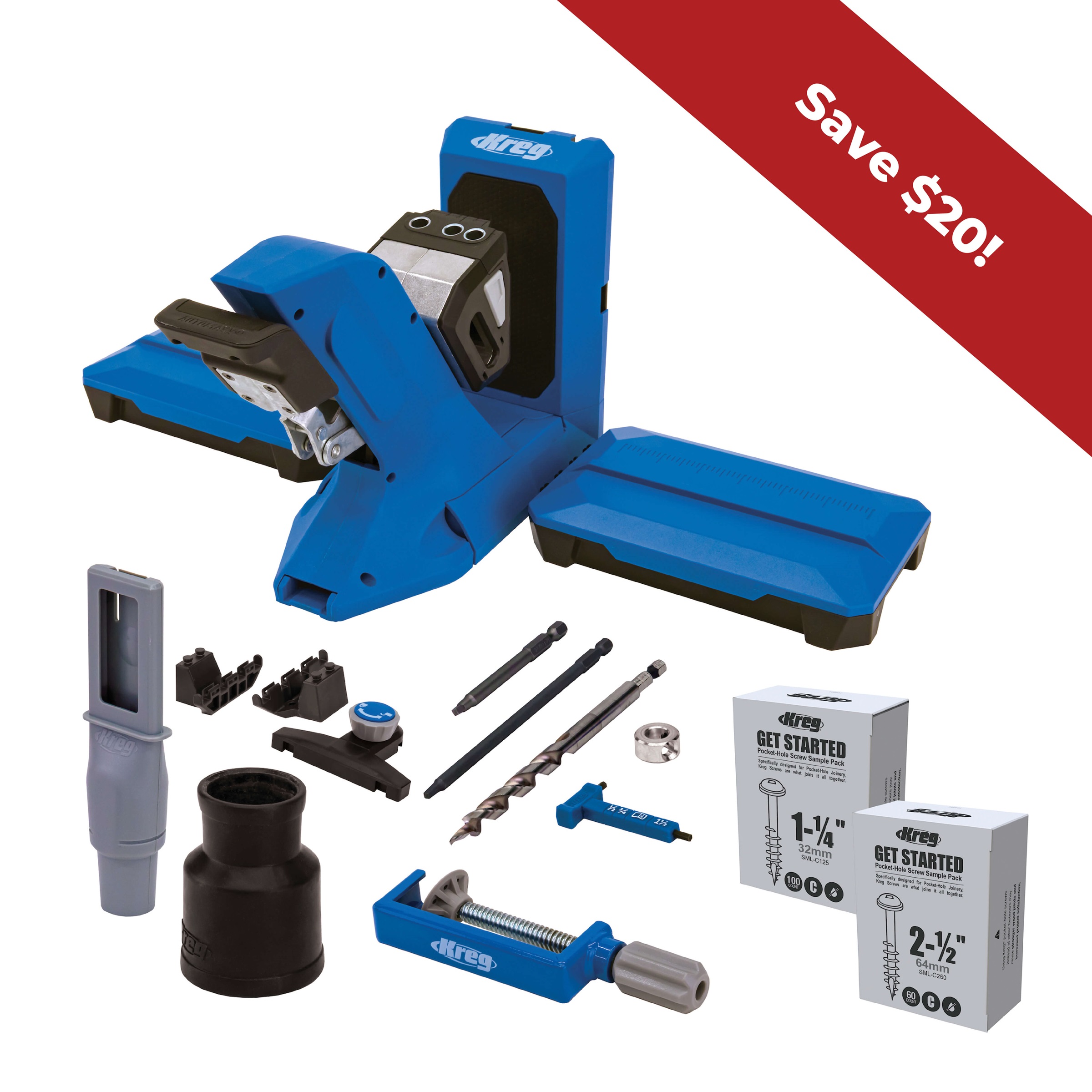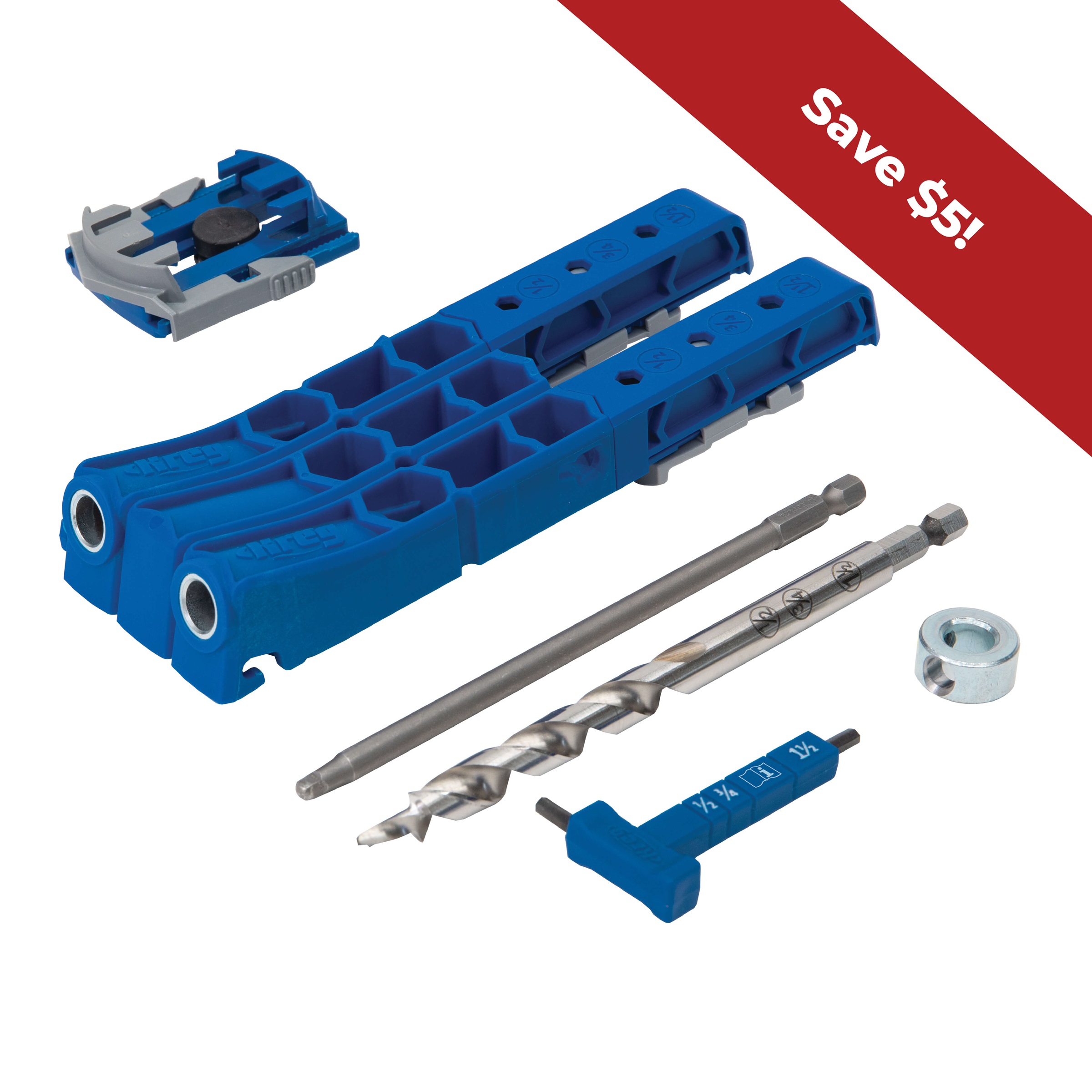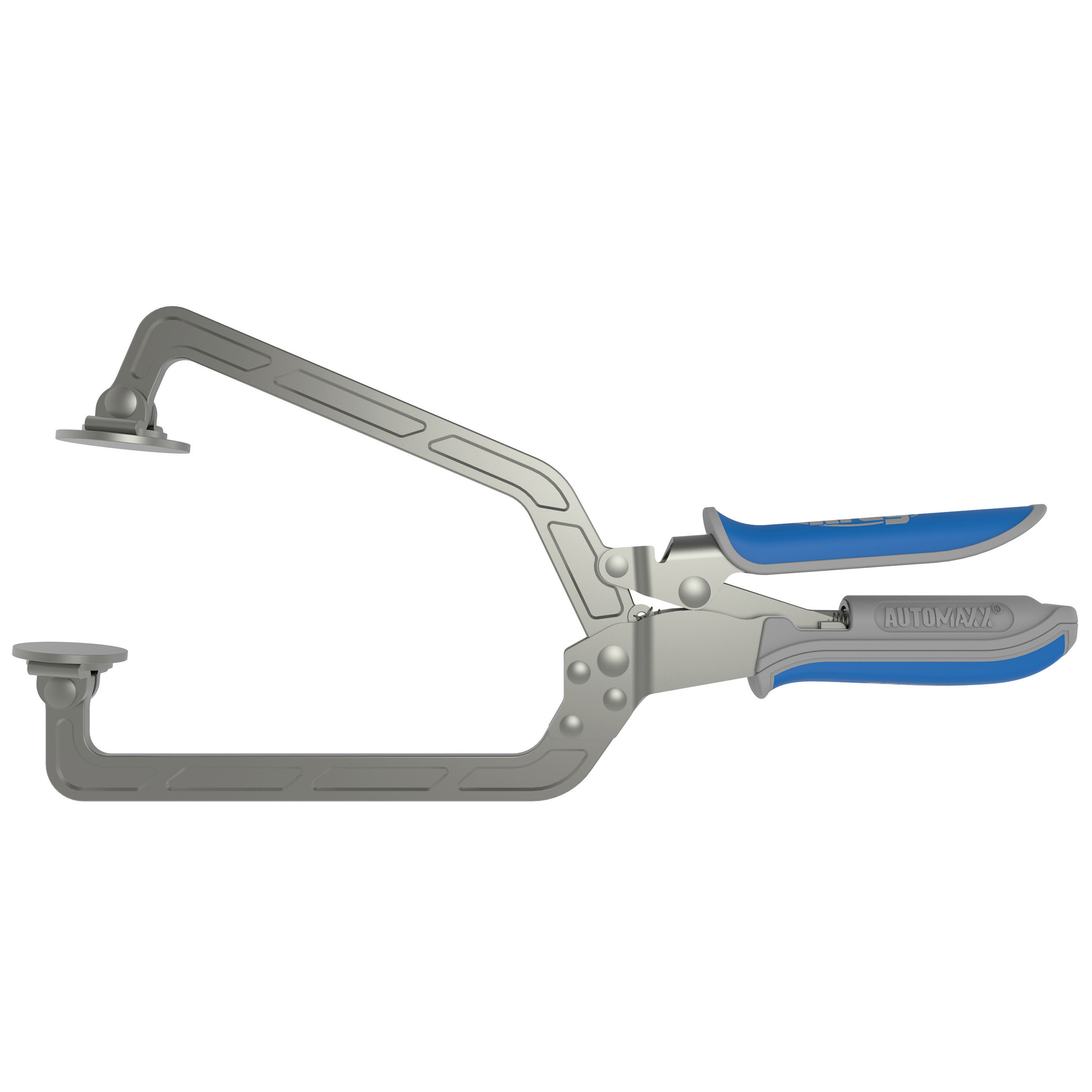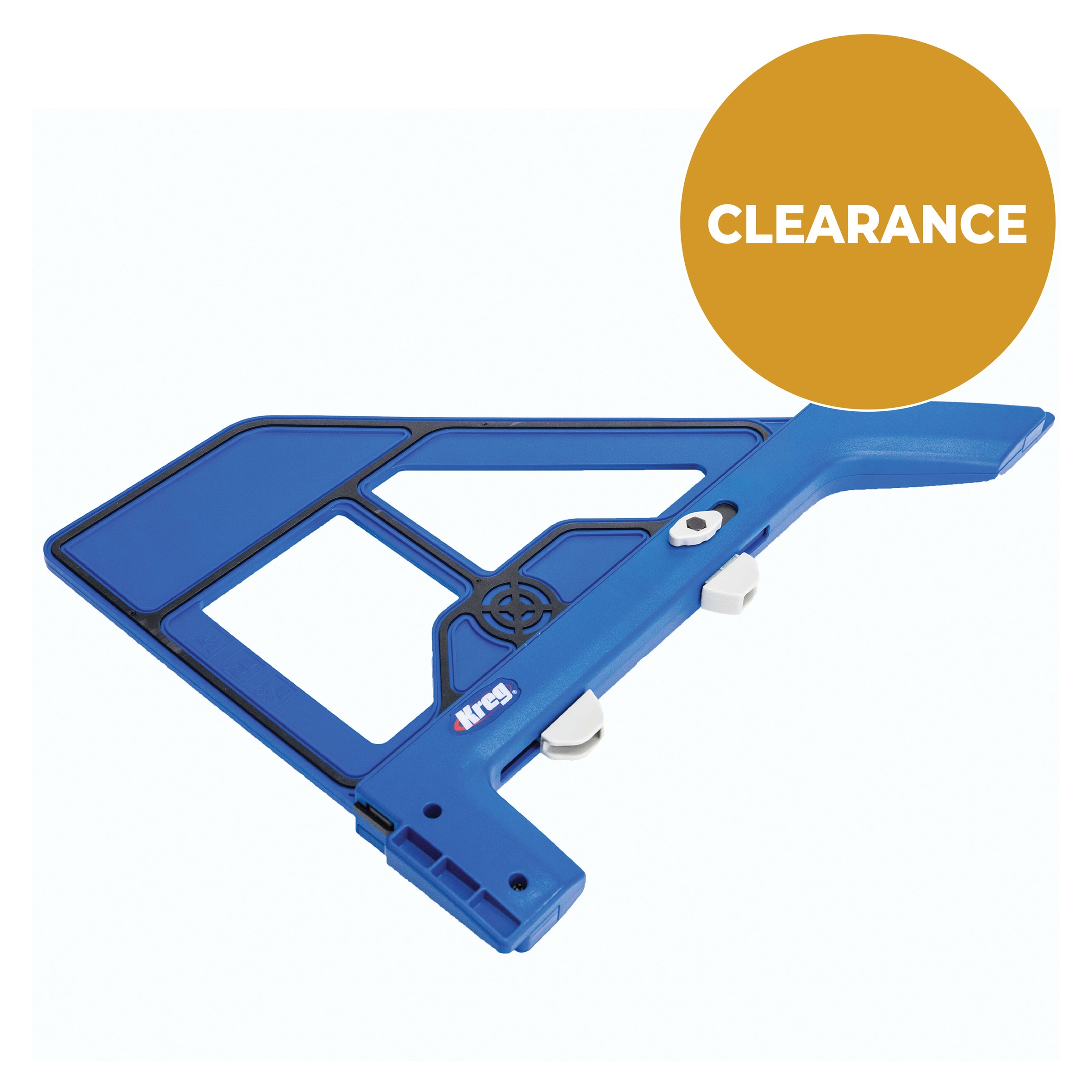Pressure-treated wood is great for a variety of outdoor projects but when you’re building with pressure-treated wood, there are some important safety considerations. When you are building DIY projects it’s important to protect your vision, hearing, and breathing, as well as protect your body against scrapes, splinters, and cuts. When you’re building with pressure-treated wood, you’ll want to keep a few more safety considerations in mind. Here are 5 tips we recommend for you when working with pressure-treated lumber on your next project.
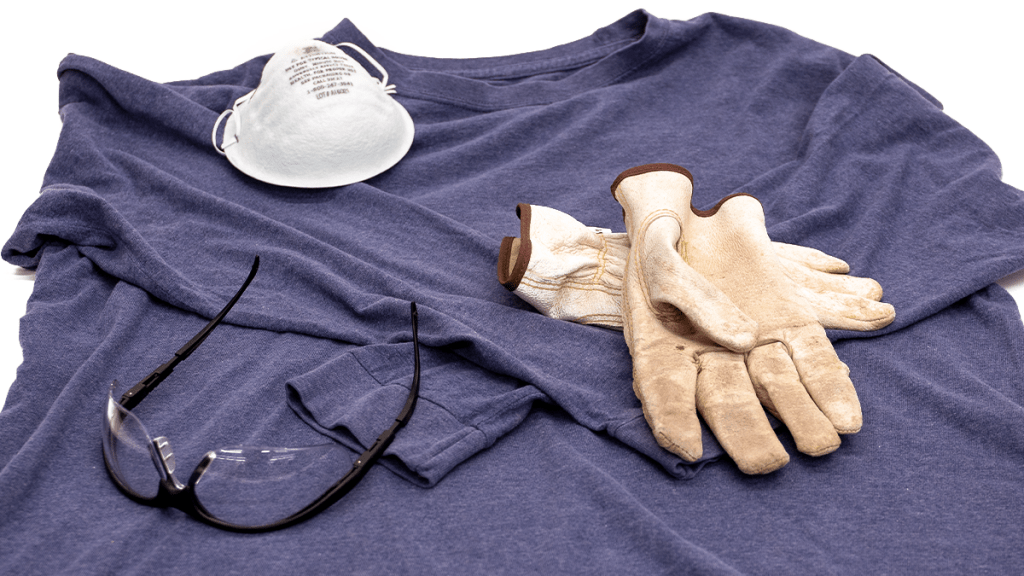
1. Wear long sleeves and long pants
When you’re cutting and sanding, sawdust and chips tend to get everywhere, including on your skin. That can cause higher-than-normal exposure to the preservative chemicals used in treated wood. When you’re done working on your project, wash these clothes separately from others.
2. Wear gloves
Gloves not only protect your hands, they prevent higher-than-normal exposure to the preservative chemicals as you handle pressure-treated wood. This is especially important because treated wood is still usually very wet when you buy it, meaning you’ll get exposed to the excess liquid still in the wood. Sturdy leather work gloves are a great choice because they offer protection and are durable. Even with gloves, always wash your hands after working with pressure-treated wood.
3. Use a dust mask
Sawdust can also get into your lungs, which isn’t great with any wood. With pressure-treated wood, though, it’s more important to keep the sawdust out of your lungs when you are cutting or sanding. Disposable dust masks work fine, just make sure it fits properly over your nose and mouth.
4. Cut and sand outside
Chances are good that you’ll be outside when you’re be building your outdoor project, so saying you should build outside may seem like a no-brainer. But, cutting outside prevents sawdust from settling on indoor surfaces that may lead to exposure for a longer period of time. If possible, stay upwind of your work so that sawdust blows away instead of getting all over you.
5. Dispose of dust and scraps properly
When you’re done with your pressure-treated project, you’ll need to sweep up sawdust and chips, and you’ll probably have wood scraps left over. These things all need to go into the trash, so they can go to your municipal landfill. Never use pressure-treated sawdust as mulch, and never burn scraps. Sweep up, bag it all up, and send it to the landfill.

